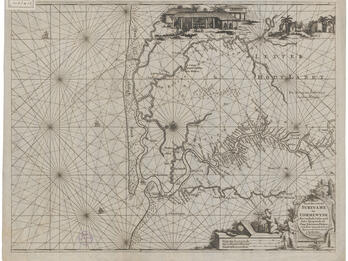The Jewish Communities of Altona, Hamburg, and Wandsbek
Ashkenazic Jews settled in the ports of Altona and Wandsbek (then under Danish sovereignty) in the early seventeenth century. They were permitted to practice their religion freely. Although some Ashkenazic Jews also settled in Hamburg, religious services (and burials) were conducted in Altona. Indeed, for much of the seventeenth century, Ashkenazic Jews struggled to obtain the right to settle in Hamburg (some were able to reside there by registering as servants of Sephardic Jews) and in 1649 they were formally expelled. Even after they were allowed to return, many remained Danish subjects and members of the communities of Altona and Wandsbek. The Ashkenazic congregations of Altona, Hamburg, and Wandsbek united in 1671 as the Dreigemeinde (“three communities”), known by the initials AHW. The rabbinate and rabbinic court, located in Altona, presided over all communities in Schleswig-Holstein. In the eighteenth century, Altona became an important center of Jewish learning and printing. The union remained in existence until 1811.



